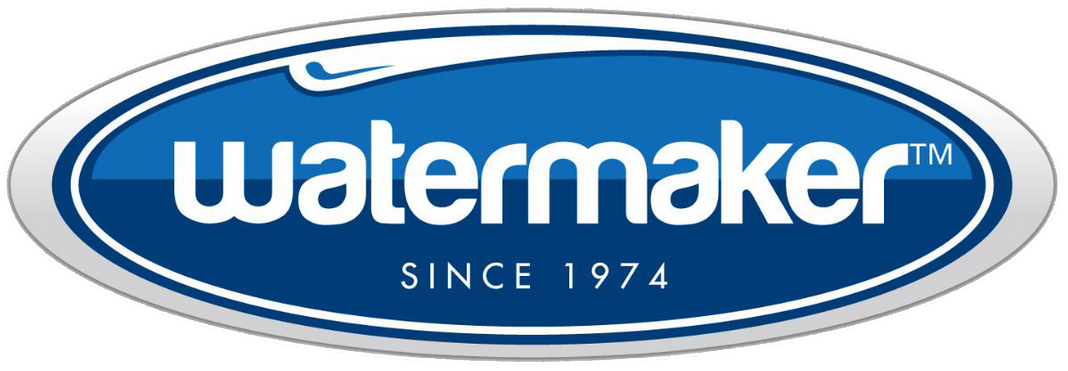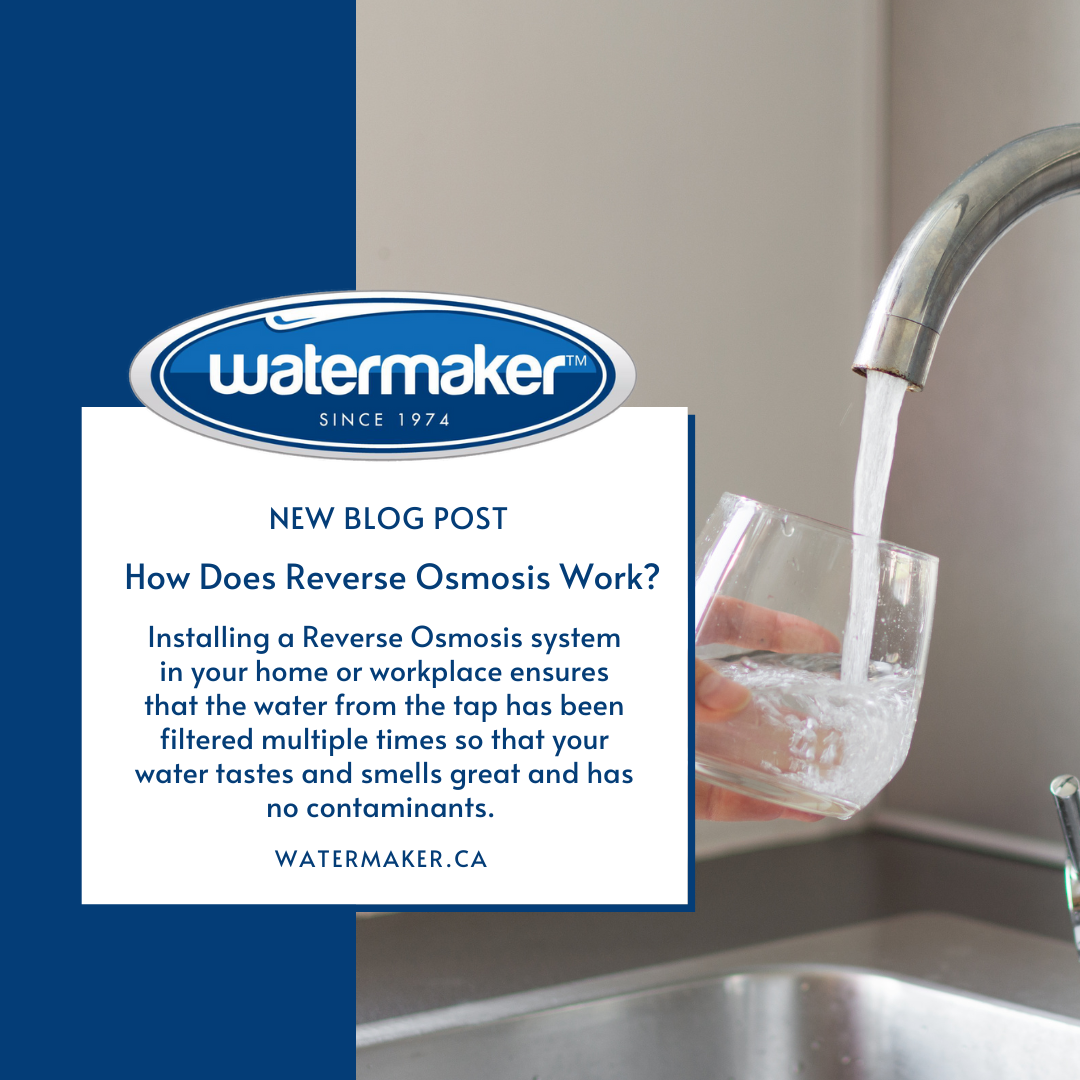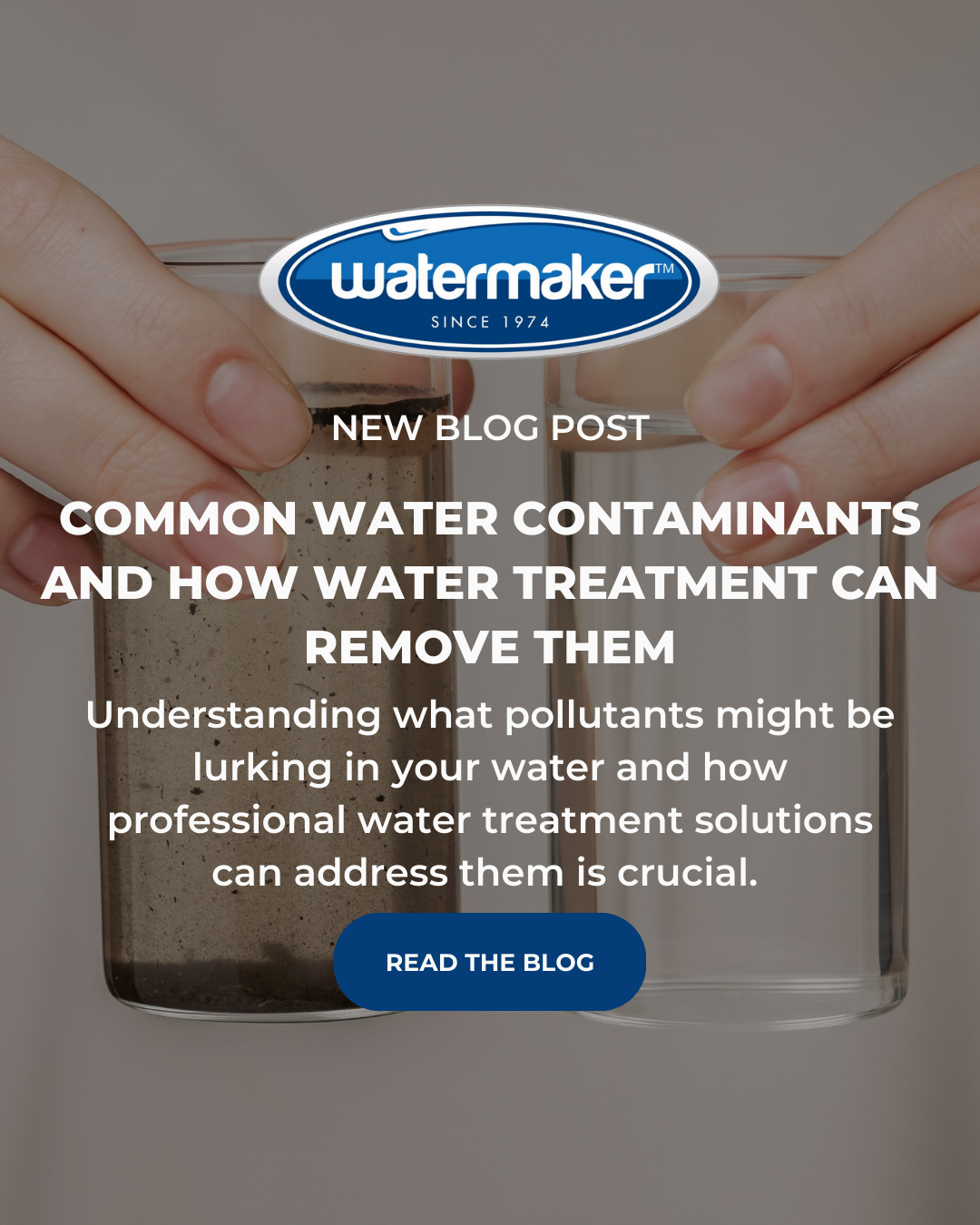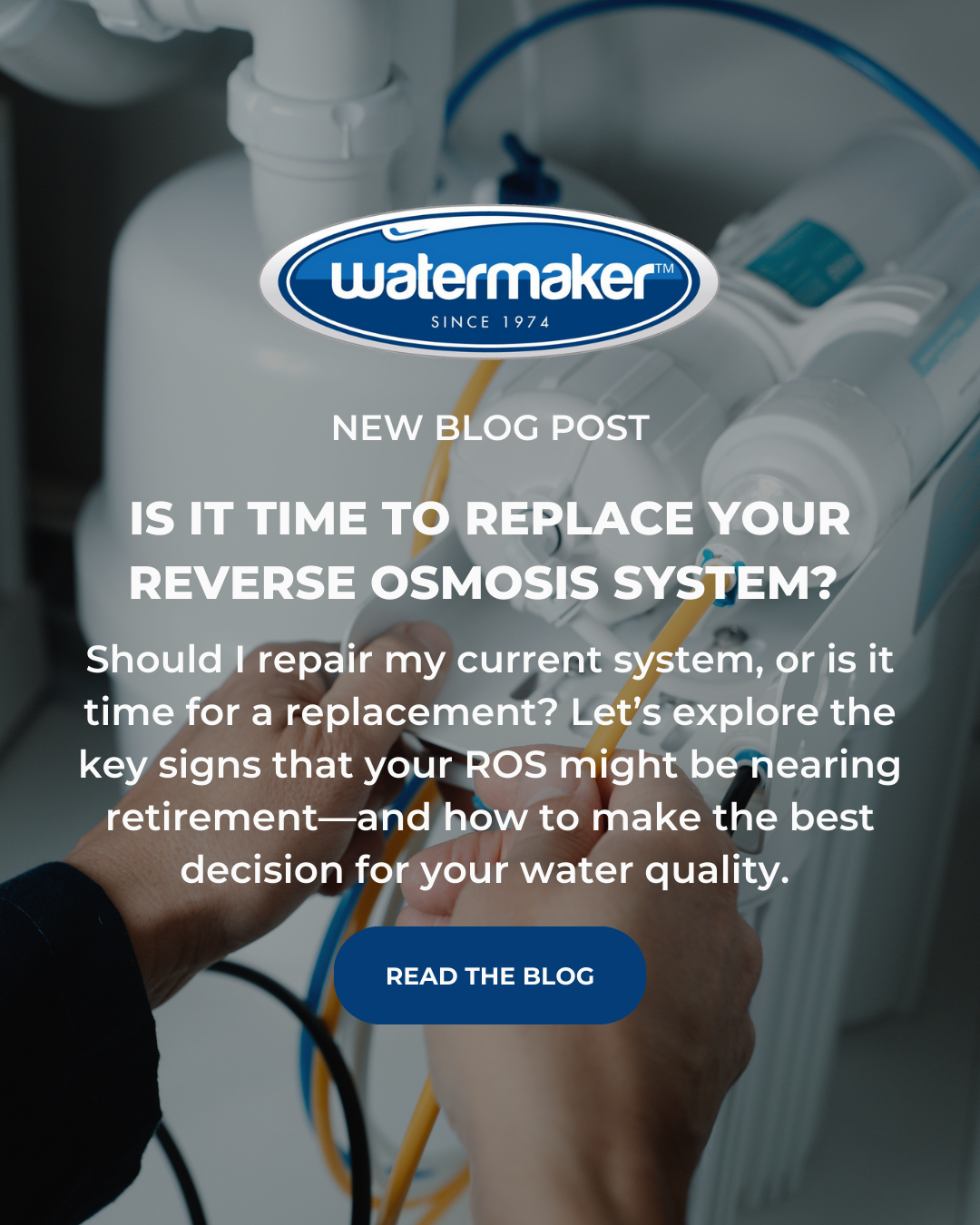How Does Reverse Osmosis Work?
Reverse Osmosis is a highly effective water filtration method that uses some pretty incredible technology to remove chlorine and sediment from water sources. Though the water from your tap does meet provincial drinking water standards and regulations, tap water can sometimes still contain certain undesirable substances, like nitrates, mineral salt, chlorine, and other contaminants.
If you live in the countryside and rely on a well for your drinking water, then Reverse Osmosis is a great way to remove contaminants frequently found in well water, such as sediment and nitrates.
Installing one in your home or workplace ensures that the water from the tap has been filtered multiple times so that your water tastes and smells great and has no contaminants.
Let’s look at how this incredible technology works.
How Does Reverse Osmosis Work?
There are three basic steps:
- Tap water gets sent through a prefilter to catch and remove chlorine and sediment like dirt, dust, and rust
- The system then uses high pressure to force the water through a semipermeable membrane made of microscopically small filter material, and the clean filtered water flows into a dedicated storage tank while contaminants get flushed away
- Inside the storage tank, an activated carbon absorption block filter then removes tastes and odors before the water goes up to the faucet
Where Do You Install Reverse Osmosis Systems?
They are most commonly installed under a kitchen or bathroom sink so that the water from the tap for cooking, drinking, and cleaning is safe and clean.
Because most Reverse Osmosis systems require a storage tank, having a system for your entire house or showers isn’t practical. This is why you will usually install it in the kitchen so that the water you consume for drinking and cooking is of the highest quality.
What Does Reverse Osmosis Remove?
They are effective at filtering out contaminants like:
- Lead
- Mercury
- Chlorine
- Dissolved solids
- Salts
- Sand
Pros and Cons of Reverse Osmosis Systems
There are many pros and cons, but the pros are obvious: cleaner, safer, better-tasting water that’s available at the turn of a tap.
Some of the cons to these systems are that they can sometimes be expensive to install (depending on the model), and a lot of water can get wasted because the system flushes away the wastewater after retaining the filtered water. This can, of course, add to your monthly water bill.
Watermaker’s EcoWater Reverse Osmosis Systems
Watermaker is proud to offer our customers many options for EcoWater Drinking Systems and Reverse Osmosis Systems. The Hero 385 Plus is our top-of-the-line system that is WiFi-enabled and BPA-free. The Ero 385 has a new premium post-filter that removes a total of 92 contaminants. The HERO and ERO also feature a water conservation device that saves 400% on waste water compared to other models. Environmentally friendly, with safe, great-tasting water at the same time.
Contact us today to find out which system is best for you!



